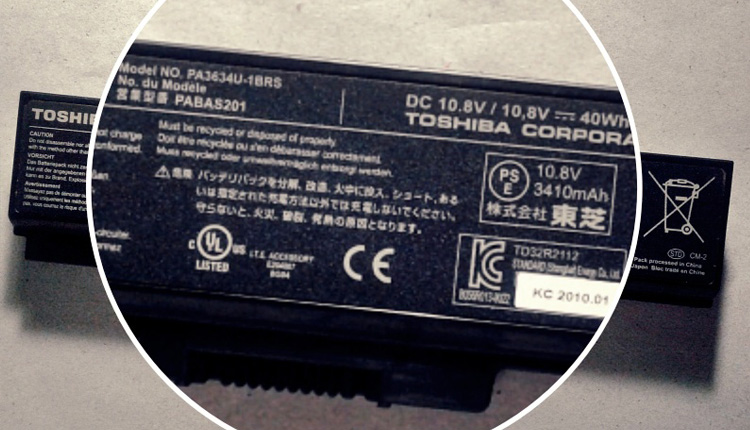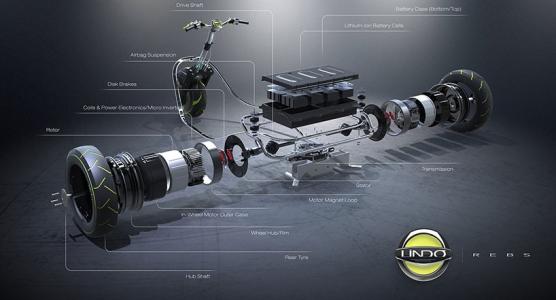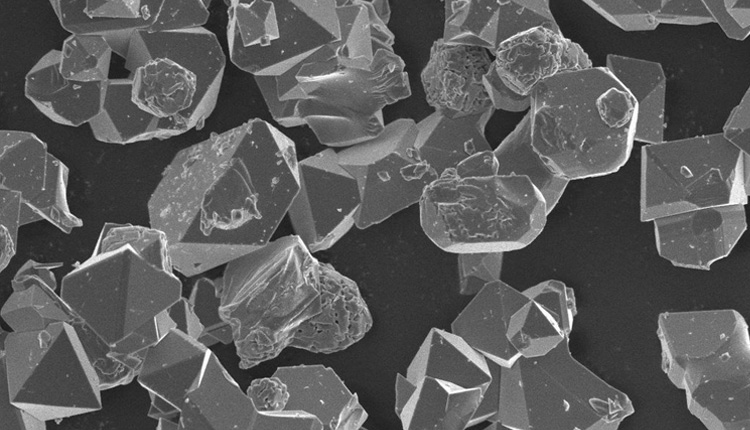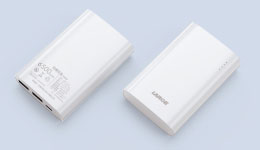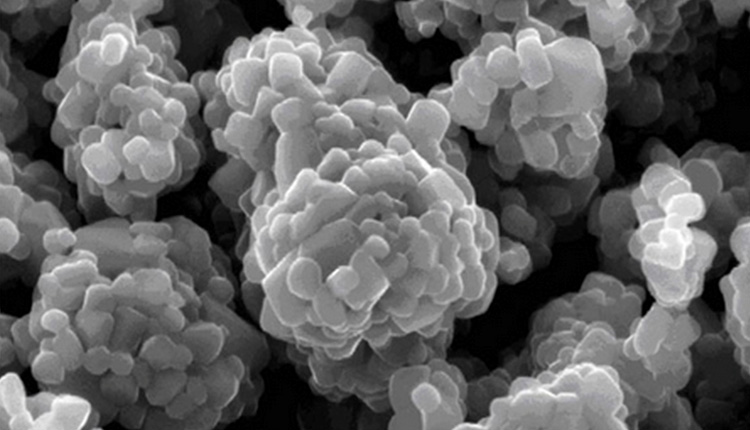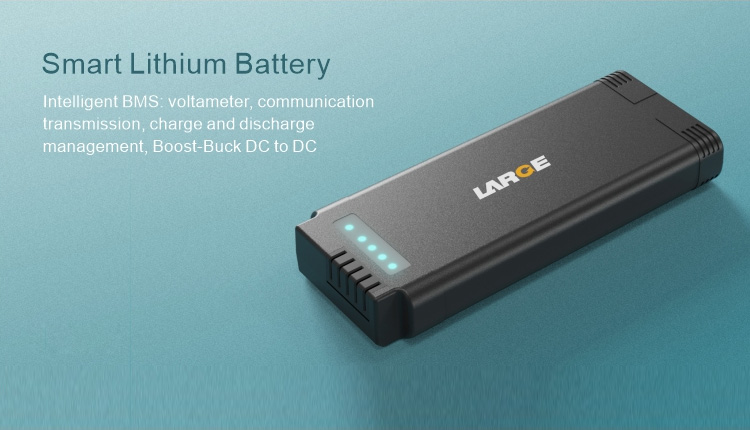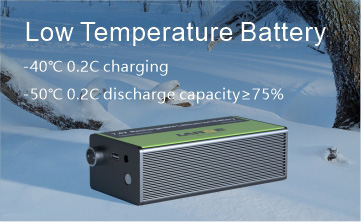Ni-MH Battery Activation
2021-07-27 12:07:44 Pageview: 2266
About Ni-MH battery activation, new battery capacity activation and old battery resistance activation should be separately discussed.
Purpose of new battery activation is to activate battery’s active factors because capacity loss caused by self-discharge keeps Ni-MH battery hibernated. Only through several complete charge& discharge circles can output capacity reach rated capacity due to Ni-MH battery’s memory effect.
Specifically, three complete charge and discharge courses should be carried out. It is suitable to charge with 0.1C because high current may damage electrode. Theoretically, if remaining capacity exceeds 40%, new battery can be used direct; otherwise, new battery with remaining capacity less than 40% should charge first. At least 3 or even 5 more full charge and discharge can make output capacity attain rated capacity.
Capacity of old Ni-MH battery may drop after used for a long time. Also battery resistance rise arising from oxide layer of internal electrode might cause battery capacity fall. Thus reducing battery resistance is vital to activate old nickel metal hydride batteries.
Ni-MH battery with high resistance can be activated through high current discharge. Practically, short circuit test is usually carried out: during short circuit, gradually current gets high and Ni-MH battery becomes hot. Stop discharge when battery body reaches 40?; after temperature resumes normal, continue short-circuit discharge; keep on this cycle and stop till voltage arrives at 1.0V. For some Ni-MH batteries with low resistance, one discharge is enough so cycle short circuit is not necessary.
It should be noted that purposes of activating new and old Ni-MH battery are different; therefore, short circuit test must not be used on new battery.
- Prev Article: 18650 Lithium Battery Parameter
- Next Article: Advantage and Disadvantage of Lithium Polymer Battery






